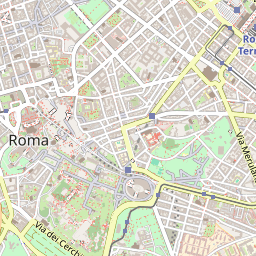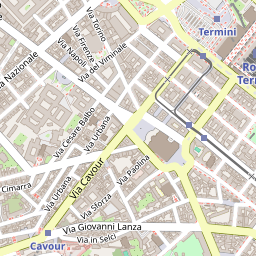-
Notifications
You must be signed in to change notification settings - Fork 823
New issue
Have a question about this project? Sign up for a free GitHub account to open an issue and contact its maintainers and the community.
By clicking “Sign up for GitHub”, you agree to our terms of service and privacy statement. We’ll occasionally send you account related emails.
Already on GitHub? Sign in to your account
place_of_worship too prominent on low zoom #93
Comments
|
The darkness shift is very noticeable on large areas: http://www.openstreetmap.org/browse/way/179086480 |
|
2013/8/4 Martin Raifer [email protected]
I don't agree. Churches are one of the main features for orientation in |
|
The problem is that place_of_worship gets fairly darker between zoom 15 and 14, which is a quite singular effect in the osm-carto stylesheet: Note that this wasn't the case in the original osm-mapnik stylesheet:
|
maybe it would be better to focus on building=church (etc.)? Or pow AND building=yes |
|
Definitely a change from osm.xml. @gravitystorm, know if this was intentional? |
|
It appears to be a side-effect of polygon-clip: false in the #buildings-lz layer. The fill is compositing with gray rather than the actual underlying color. The 0.5 opacity allows the gray to show through. The Carto-generated Mapnik XML contains this unfiltered rule for this layer: <Rule>
<MaxScaleDenominator>750000</MaxScaleDenominator>
<PolygonSymbolizer clip="false" />
</Rule>Gray is indeed the default fill for a polygon symbolizer. |
|
Note that "building=church" is quite orthogonal to "amenity=place_of_worship". The church building could have been deconsecrated and even, as seen in Ireland, turned into a pub, a tourist office, or a carpet shop (!). There is also the case of smaller religions or communities that hold their religious activities in a standard house. |
|
2013/11/5 vincentdephily [email protected]
Yes, I am fully aware of that, and my suggestion to concentrate on |




The fill colour of churches, etc. looks too dark on low zooms. See this example:
zoom level 14:

zoom level 15:

The text was updated successfully, but these errors were encountered: